The Charge Of The Light Brigade: Charge EVs, Charge!

Japan appears to be serious about EVs. Evidence: Japan’s increased focus on chargers. The hard part of EVs is not to build them. The tough issue is where to charge them. And how quickly. Whether you live in Manhattan or Tokyo: As a city dweller, you hardly can put a charging station on the street or into the underground parking garage. The average suburbanite in Tokyo already has a hard time just finding a parking space (proof required if you want to buy a car). A charging station? What charging station? So the Japanese are busy building them. No wonder: 67 percent of the Japanese live in cities. (In the U.S.A. it’s even more: 82 percent.) Who’s leading the charge for chargers?
According to The Nikkei [sub] “companies big and small see a golden opportunity in providing chargers for this impending wave of cars.”
JFE Engineering has developed a high-speed charger that can fill an electric car battery to 50 percent capacity in just three minutes. That takes a lot of Amps, and to prevent the lights from going out in the neighborhood, the company buffers the power in a high-capacity storage battery that can also discharge very rapidly. Their charger meets the specifications of the proposed CHAdeMo standard. It costs about $50,000, installed, “roughly half the usual amount,” as the Nikkei says.
Nissan developed a rapid charger that goes for only $15,000. The maker of the Leaf wants to install the charger at 200 dealerships an sell it to others.
Yokohama-based Hasetec has a whole line-up of rapid chargers. They added a medium-speed charger that requires 90-120 minutes to fill a car’s battery, and cost about $20,000. They see a niche at operators of parking lots and amusement facilities.
Itochu thinks “green” and “distribution.” They want to install solar panels Japan’s ubiquitous FamilyMart convenience stores, and combine them with an Itochu Enex charger.
Distribution is a huge challenge. For some reason, the most logical choice (gas stations) doesn’t range on top. The charger folks seek places with a higher dwell time, such as shops, parking garages, and amusement parks. Especially for shops, the concept is attractive: If the car isn’t full charged, shop some more.
Research company Fuji Keizai says the Japanese market for chargers should be $100m by 2015. Want to get your share of the EV market? Build chargers.

Bertel Schmitt comes back to journalism after taking a 35 year break in advertising and marketing. He ran and owned advertising agencies in Duesseldorf, Germany, and New York City. Volkswagen A.G. was Bertel's most important corporate account. Schmitt's advertising and marketing career touched many corners of the industry with a special focus on automotive products and services. Since 2004, he lives in Japan and China with his wife <a href="http://www.tomokoandbertel.com"> Tomoko </a>. Bertel Schmitt is a founding board member of the <a href="http://www.offshoresuperseries.com"> Offshore Super Series </a>, an American offshore powerboat racing organization. He is co-owner of the racing team Typhoon.
More by Bertel Schmitt
Latest Car Reviews
Read moreLatest Product Reviews
Read moreRecent Comments
- Carson D Just don't be the whistleblower who reports on the falsification of safety data. That's a deadly profession.
- Carson D I'd have responded sooner, but my computer locked up and I had to reboot it.
- Todd In Canada Mazda has a 3 year bumper to bumper & 5 year unlimited mileage drivetrain warranty. Mazdas are a DIY dream of high school auto mechanics 101 easy to work on reliable simplicity. IMO the Mazda is way better looking.
- Tane94 Blue Mini, love Minis because it's total custom ordering and the S has the BMW turbo engine.
- AZFelix What could possibly go wrong with putting your life in the robotic hands of precision crafted and expertly programmed machinery?


















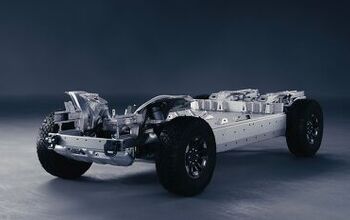
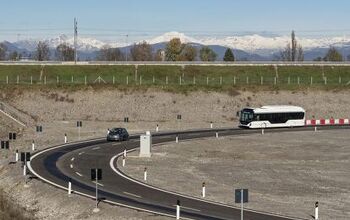
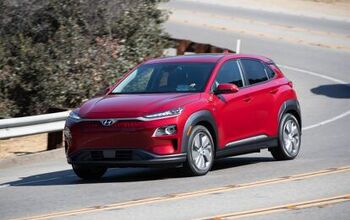
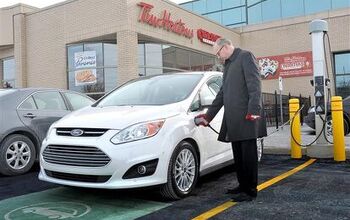
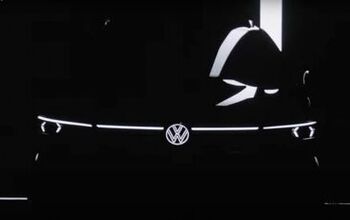
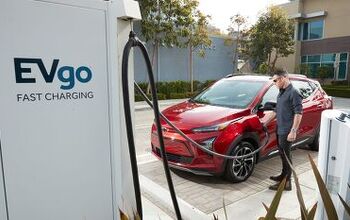

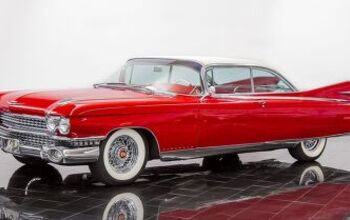
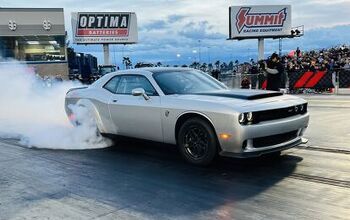


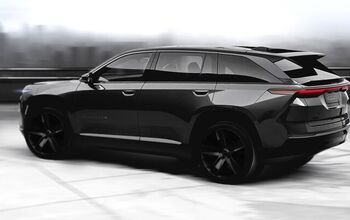
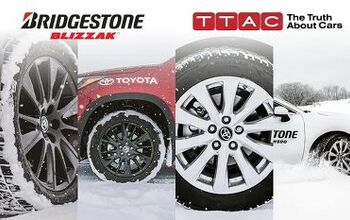
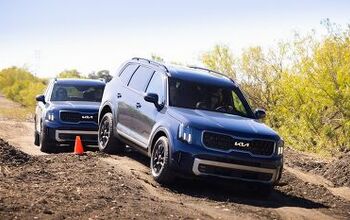

Comments
Join the conversation
"Distribution is a huge challenge. For some reason, the most logical choice (gas stations) doesn’t range on top. The charger folks seek places with a higher dwell time, such as shops, parking garages, and amusement parks." Wet dream fantasies of 3 minute charging aside, having chargers at gas stations does NOT make business sense. A gasoline customer might occupy the premises for 5 minutes and purchase $40 worth of product. The EV customer will likely spend 15 to 30 minutes occupying the same amount of space and purchase less than $4 of product. The gas station model will no longer be viable.
TR4: " .... A gasoline customer might occupy the premises for 5 minutes and purchase $40 worth of product. The EV customer will likely spend 15 to 30 minutes occupying the same amount of space and purchase less than $4 of product ... " The progressive adoption of electric vehicles would likely place significant upward pressure on the price of electricity. If the technology was available to support quick charging -- let's say the EV could be recharged from near empty to full charge in half-an-hour, the convenience of the vehicle might be greatly improved for day shopping, Burger King runs, etc. So now we have the demand for electricity beginning to increase in prime-time use periods. And that means higher prices for electricity. How much higher? Is there any artificial pricing model which is capable of outperforming the market itself in maintaining an "efficient" allocation of both the cost and the production/ distribution for the energy which powers an electric vehicle?